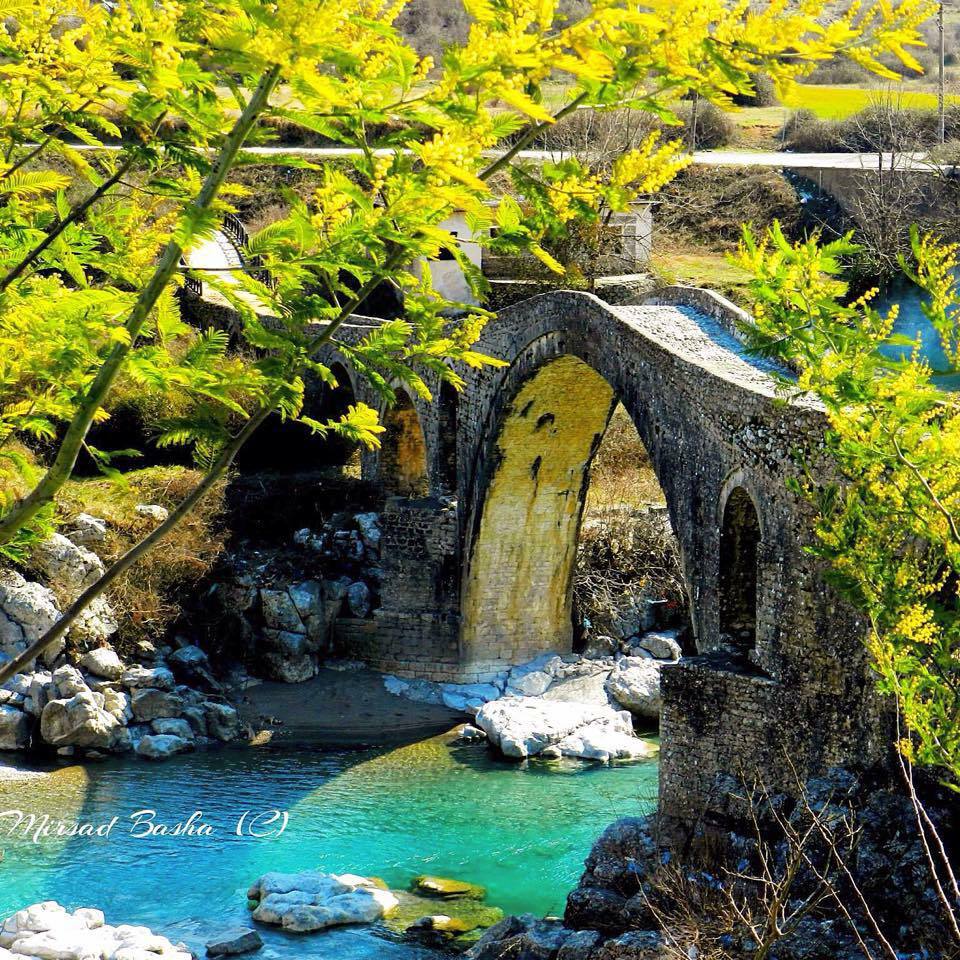TIRANA, November 17
Albanian immovable monuments of culture are related to legends of women, love and hidden treasures. At the same time, they attract numerous tourists to visit remote and unexplored villages and help local communities to generate incomes and build sustainable development. It seems that more attention will be paid to cultural assets as the National Restoration Council with the proposal of the Institute of Monuments of Culture gave the protected environment status to the area surrounding 12 monuments of culture throughout Albania.
According to this decision, the area that surrounds a monument of culture is designated as a protected environment. The new 12 areas were added to the list of 89 protected immovable monuments and their surrounding areas that obtained their status during 2014-2017.
The protection of areas surrounding immovable monuments of culture helps the preservation of cultural heritage. The size of protected areas is defined based on surveys conducted by the Institute of the Monuments of Culture.
The list of the newly inscribed monuments includes:
Shen Mehilli Church in Vithkuq, Korca

This is the biggest and largest church still preserved in Vithkuq. The church construction started in 1682 and it was completed in 1728. The church was painted by Mihaili and Gabrieli. Currently, the building consists of the naos, the narthex, and the porch.
Vranisht Aqueduct in Vranisht Village in Vlora
Photo Credit, DRKK Vlore
The Aqueduct dates back to early 19th century, during Ali Pashe Tepelena period, and it was built by local masters. The aqueduct consists of two parts. The first bridge stands on one single arch, while the second bridge stands on six arches and it was also used by the local people to cross the river.
Brataj Bridge in Brataj Village in Vlora
Brataj Bridge is a six-century-old structure of Venetian architectonic style and it is still functional. It is 30 meters long and nine meters high and it stands on two arches that connect two sides of Shushica Valley. Both Vranishti Aqueduct and Brataj Bridge are tourist destinations that can be reached through an itinerary that gives the opportunity to visit other natural and cultural monuments such as Velca and Lepenica caves, the rock in the sky, Katafiqi castle, etc.
The Bridge of the French (Ura e Frengut) in Gjorm village in Vlora
This bridge was built during the 16th century.
The Bridge of the French (Ura e Kaurit/Frengut) in Poshnje, Ura Vajgurore
The most ancient traces of the bridge date back to the Roman period. The function of the bridge was to connect the coastal area with the internal region. It was built on Osumi River Valley and mostly used from caravans that traveled from Apollonia to Berat. The bridge lost its function as the river bed changed. Currently, it is located in the yard of a private property, and this makes it difficult to visit the bridge.
Tamara Bridge and the Inn nearby in Tamara village, Kelmend area
Photo credit, Kelmendi
According to a local tale, the bridge was built by Shkodra Pasha in honor of his wife Tamara, however, this tale is not mentioned in documents of that time. The bridge stands over Cemi i Vuklit River and it was built around the 15-16th centuries.
The Maiden Bridge (Ura e Vashes) in Klos village, Mat
Photo Credit: BShA
The bridge was built in the 18th century as a charity work over Mat River and stands over one arch and a window. The bridge is 11 meters long, seven meters high, 2.8 meters wide. It attracts numerous visitors.
Benca Aqueduct in Benca village, Tepelena
This is one of the most important architectonic works from the Period of Ali Pasha Tepelena. The Pasha built the aqueduct as a gift for Benca Village more than two centuries ago. The aqueduct was functional almost until ten years ago when it was used for the irrigation of agricultural land. The aqueduct stands on 14 pillars and four arches.
Kamara Bridge in Miraka village, Librazhd
Photo Credit: Miraka Planet
This bridge that crosses Shkumbin River was built around 1600 and some say that the architect was Kasem Imari. The bridge was a strategic object as it was located in one of the strategic points of the ancient Via Egnatia. The bridge is about 20 km away from the city of Elbasan and it is visited by tourists and fans of outdoor sports that explore the hiking trails around the areas.
Mesi Bridge in Shkodra
The Mesi Bridge spans over Kir River in Shkodra area was built in the 18th century in the Ottoman architectural style and it is an important monument of culture. The structure of the bridge consists of 13 asymmetrical arches and it connected Postribe village with the old castle of Drishti, which is still inhabited.
Zoto Bridge in Vithkuq, Korca
Zoto Bridge is located some 300 meters away from Vithkuq Village. It is 30 meters long, three meters high, 1.4 meters wide. Rumor has it that a treasure was hidden in one of the bridge’s feet and it was stolen. But, what was the treasure? The inhabitants of the area say that it was a golden crib.
Saint Mary Church in Vithkuq, Korca
Saint Mary Church is a monument of culture of the first category with important cultural and historic values.
News Source: ATA








Leave a Reply
You must be logged in to post a comment.